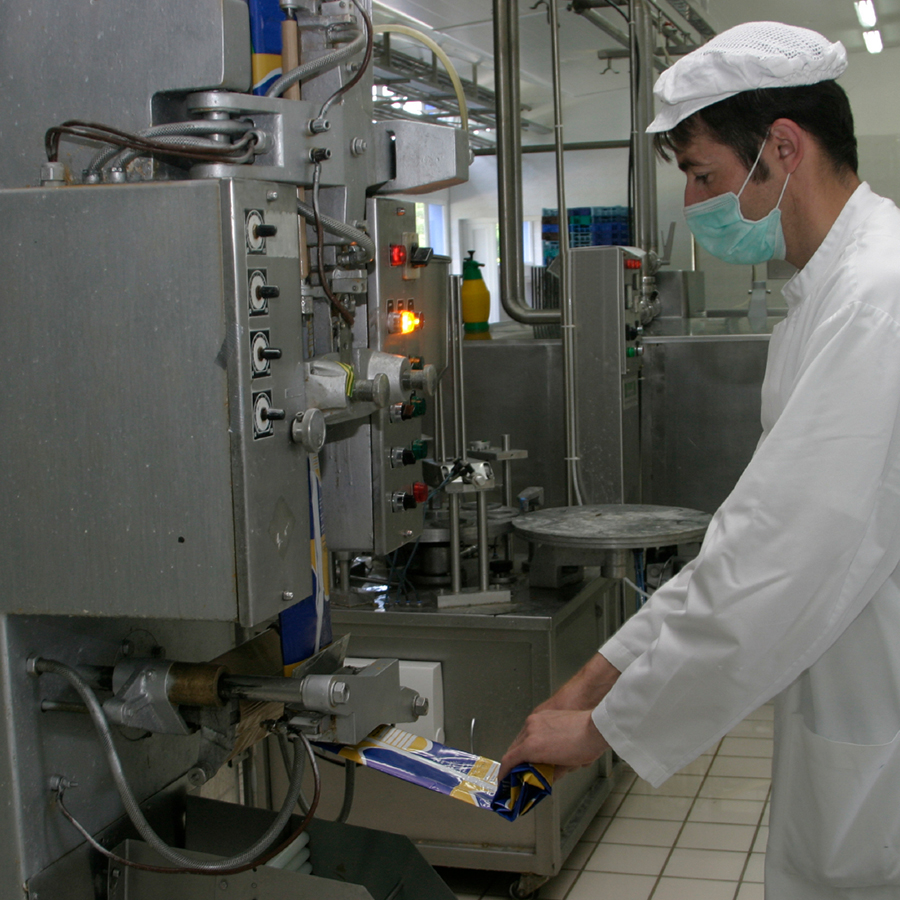It's much more effective and efficient to perform sanitization procedures at midday when more experienced workers are available, and the process can be supervised.
We firmly believe that the practice of cleaning and sanitizing equipment in place, whenever feasible, can make a substantial difference in maintaining plant cleanliness and food safety.
Food Manufacturing Magazine recently asked about food safety: What plant cleanliness techniques and best practices can food manufacturers employ to improve food safety in their facilities. David offers the following tips for improving plant cleanliness and food safety:
- Improve sanitation efficiency by designing out sharp corners from chutes
- Swap out smaller pieces of machinery. Take them away for cleaning and keep equipment up and running with a sanitized piece that's ready to go
- Use Six Sigma to ensure that both standards for organic and non-GMO are met and that microbes aren't proliferating
- Reduce variation in moisture and open up the prospect of increasing yields, giving the manufacturer a safe product at a lower cost
TBM consultant, David Beal, published a Brainstorm column in the Nov/Dec issue of Food Manufacturing Magazine. In his view, good sanitation practices lie at the root of food safety, good business and happy, health customers. And, they can be a factor in greater profitability—especially when paired with improved process control. Read the full article.





